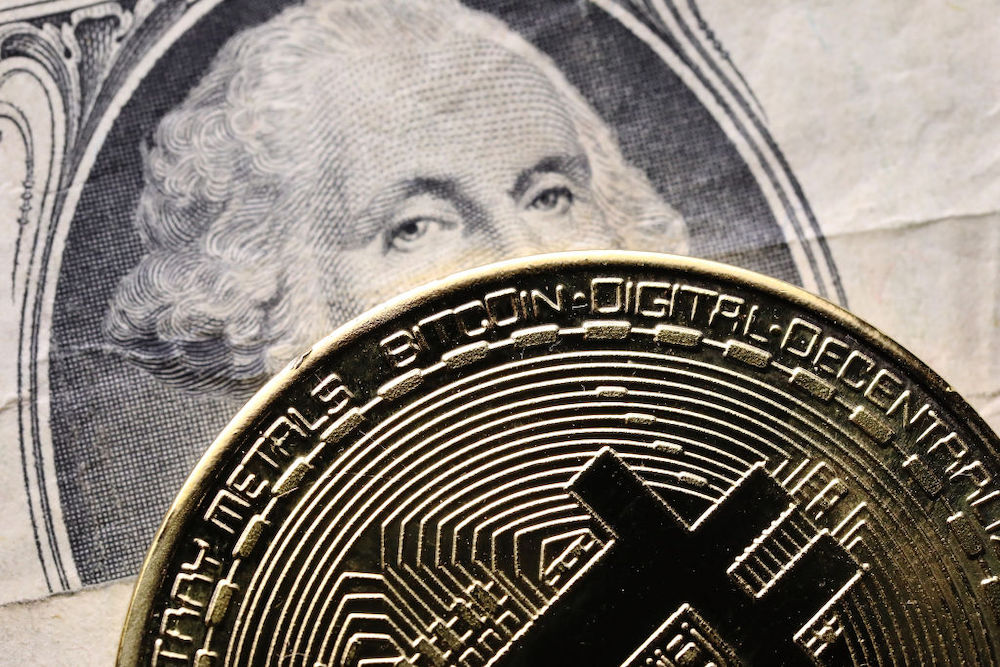- Blockchain technology can help further sustainability issues
- The inexpensive technology offers a network that provides secure information instantly available
- The low adoption rate of blockchain technology has to do with a digital divide in the world where only some have access to the Internet and the problem of scalability.
Blockchain technology may be set for a boom bigger than its cryptocurrency days.
Business leaders, philanthropists and even the United Nations are looking to promote the use of the foundational technology, created to support Bitcoin, in diverse fields ranging from charity to sustainability to the global supply chain, especially in the wake of the COVID-19 pandemic.
“Blockchain is an uncomplicated technology that has proven to work,” Remko van Hoek, professor of supply chain management at the University of Arkansas, Walton College of Business, told Karma. “As a society, we have a huge need for time-sensitive and instant information, and we need the information to be private and secure. Blockchain does all that.”
A blockchain is a type of digital ledger that holds transactions’ information in so-called blocks. When linked together, the blocks form a chain of connected, secure information.
Blockchain’s time has come, thanks in part to COVID-19, van Hoek and his colleague Mary Lacity, the Walton professor of information systems and director of the Blockchain Center of Excellence at the University of Arkansas, Walton College of Business, posited in the Harvard Business Review, because blockchains “are uniquely suited to verifying, securing and sharing data, they’re ideal for managing multiparty, inter-organizational, and cross-border transactions.”
Such uses are especially important in the age of COVID-19 when the world has witnessed the breakdown of antiquated international supply chains, which have led to shortages of supplies and panic buying among the public.
“The virus has revealed the weaknesses in our supply chains, our inability to deploy resources where they are most needed to address the pandemic, and difficulties in capturing and sharing the data needed to make rapid decisions in managing it,” van Hoek and Lacity wrote. “Blockchain solutions that have been under development for years have been repurposed and unleashed to address these challenges.”
In recent years, blockchain technology has helped link philanthropists’ dollars more quickly and securely with their chosen charities, facilitated the distribution of cell phones to aid workers in Nepal after a 7.8-magnitude earthquake in 2015, and helped pinpoint a toxic lettuce source instantly for Walmart, thereby saving days of legwork and avoiding the practice of disposing of perfectly good produce.
The World Economic Forum, citing drawbacks brought to the fore during the pandemic, issued this week Redesigning Trust: Blockchain Deployment Toolkit, which can help leaders learn to incorporate blockchain into their operations.
The United Nations has promoted several efforts that rely on blockchain technology, including refugee identification and money transfers to feed those displaced persons and for its climate change program.
Van Hoek and Lacity cited recent examples of blockchain uses, including Rapid Medical Parts, a company founded by retired U.S. Air Force Col. James Allen Regenor in March, that can convert sleep apnea machines into ventilators with parts made on a 3-D printer and powered by a blockchain platform. The units are expected in hospitals by mid-May.
The authors also wrote about tech startup Tymlez, which joined forces with the Dutch government in a technology consortium using network modeling to assess and map the medical supply chain so that all players have access to goods like PPE and ventilators.
With such benefits offered by blockchain technology, why isn’t it widespread?
One has to do with the digital divide, explains human rights activist Laura Marissa Cullell. “Many developing countries do not have the adequate infrastructure or ability to provide high-speed Internet or digital accessibility,” she said. “All humanitarian and efforts to promote the sustainable development goals with blockchain are moot if sustainable, cost-effective, long-term solutions can’t be adopted.”
Van Hoek sees blockchain’s low adoption rate in scalability terms. A manufacturer has to convince sometimes hundreds of suppliers to sign on to the blockchain network and then those suppliers have to try and extend that adoption rate to the next lower level, he says, and that takes time.
Photo by Dan Kitwood/Getty Images






















